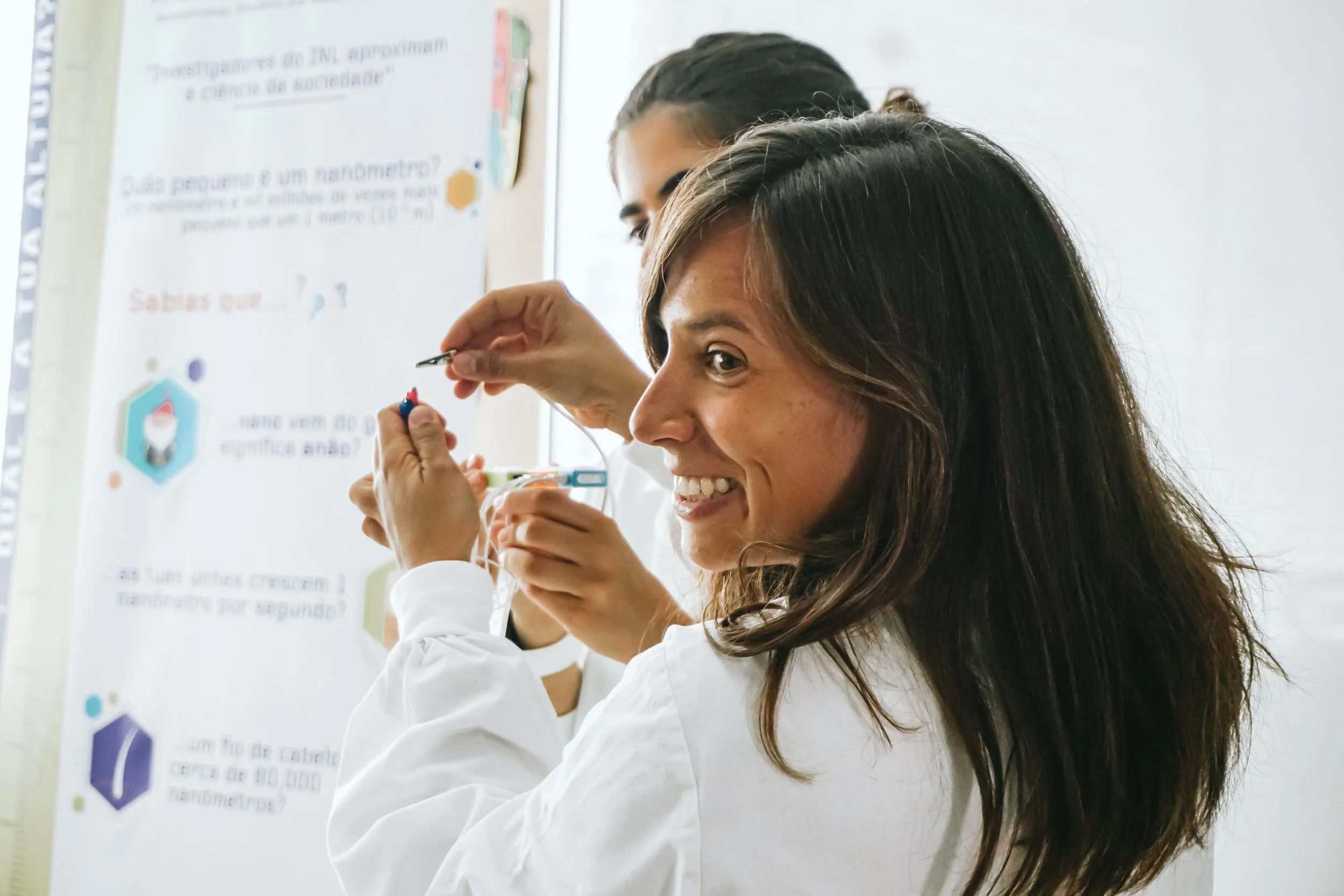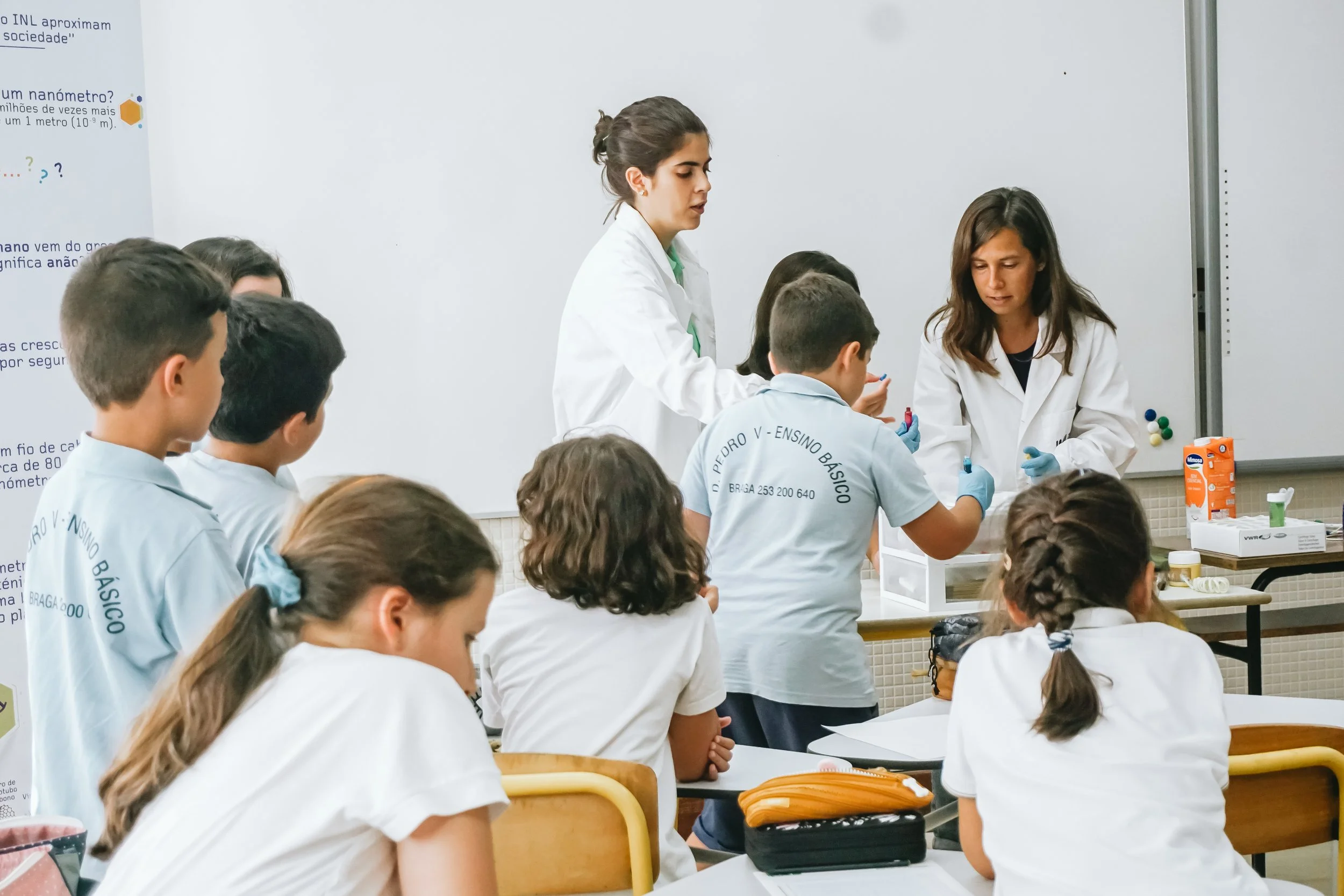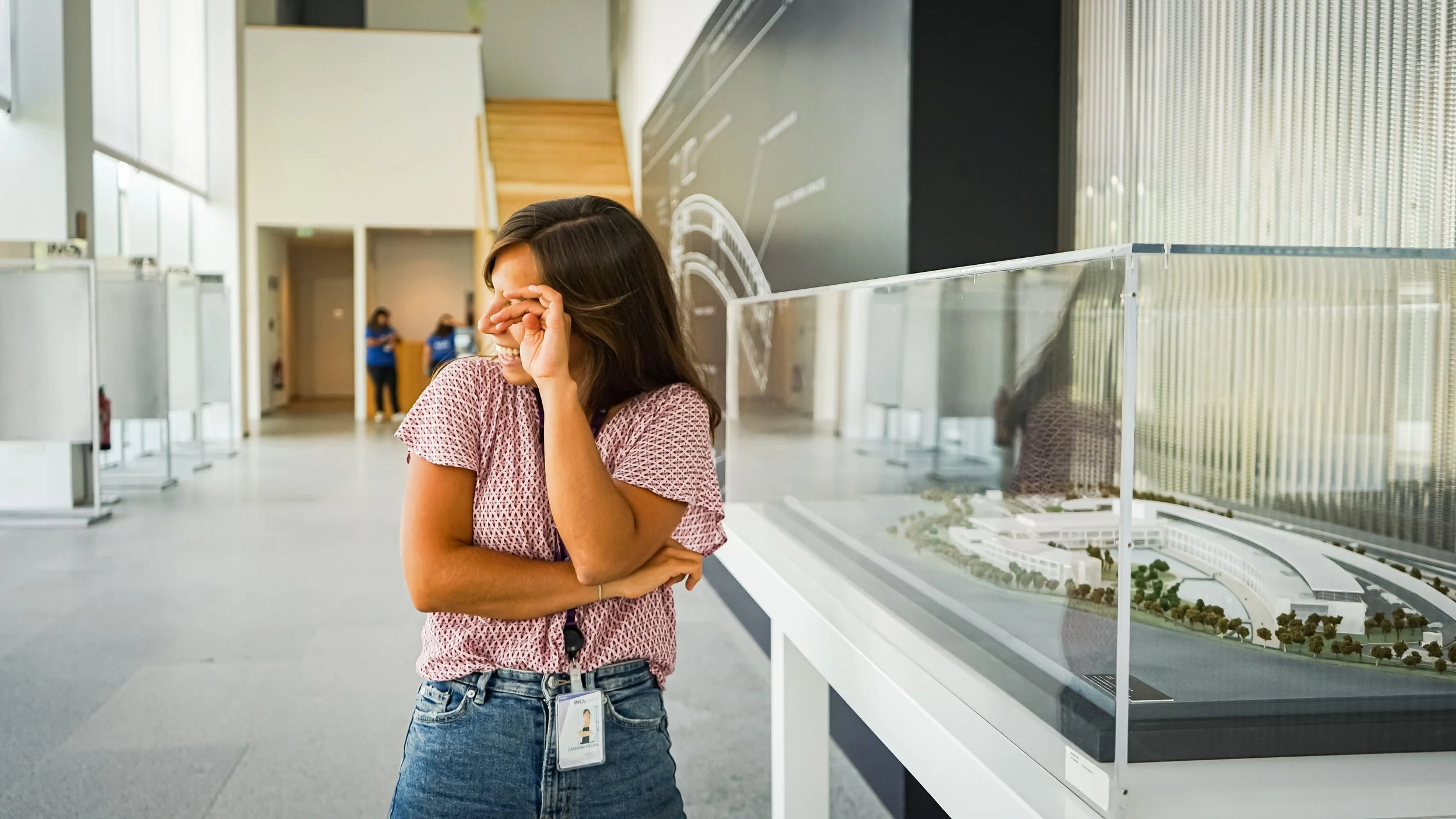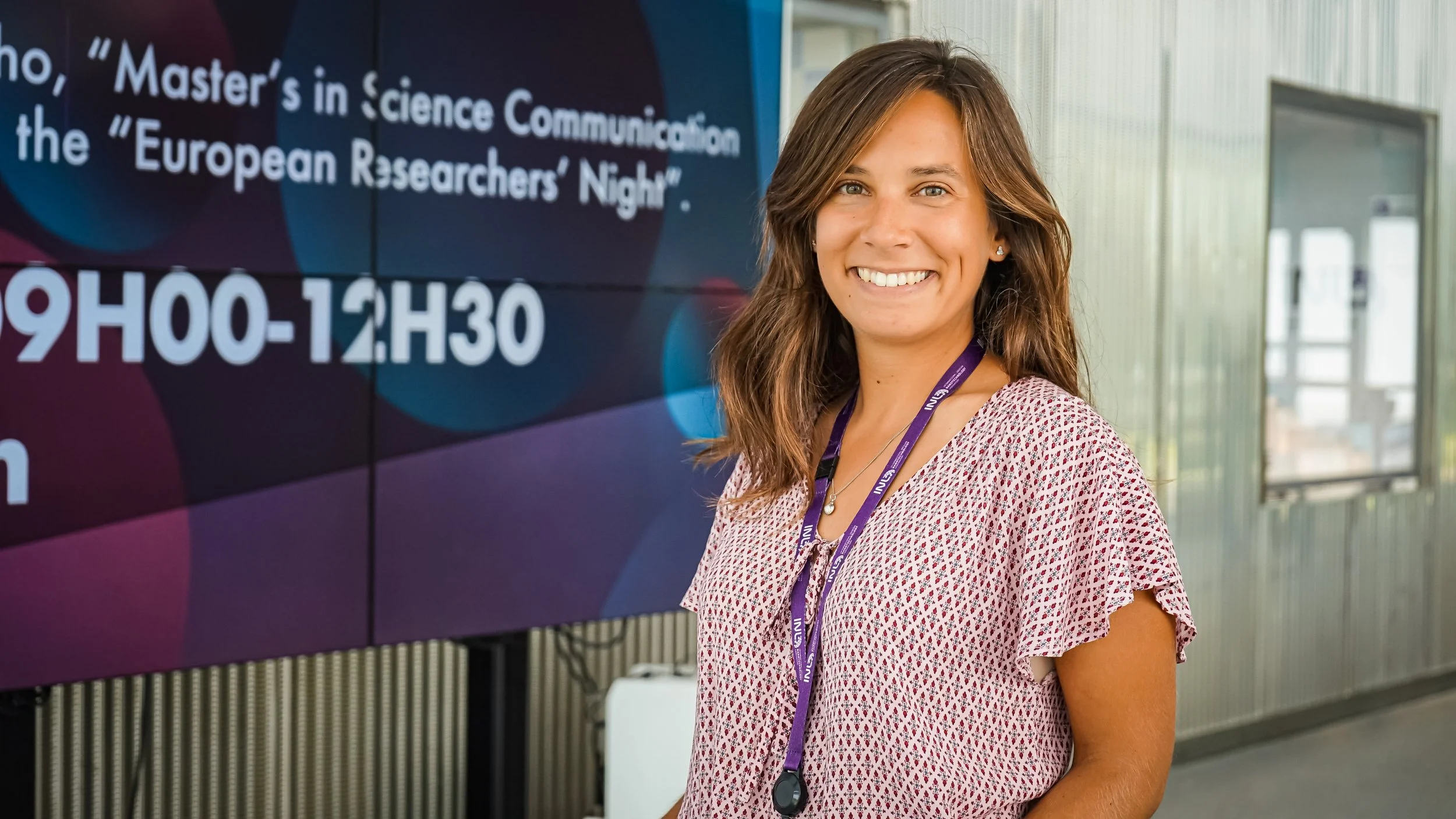Catarina Moura, following a different path in science
Information and misinformation are everyday attitudes and actions. We find ourselves in the midst of so many problems where science might offer at least partial solutions and understanding. Science also may help us avoid more of the problems science has already caused. Access to science and its benefits and opportunities is uneven across the world—as is the production of scientific knowledge and it is in our hands to tackle this problem and help transform doubts and concerns into true and easy-to-access information and knowledge.
Science communication is the ability to explain science and scientific research to different audiences. A science communicator is someone who bridges the gap between science and the public. It’s the starter of a long conversation, the promoter of awe and curiosity while encouraging the audience to also contribute with their own questions, concerns or ideas.
In these challenging times - the war, the pandemic, the climate crisis, and concerns over new technologies - we present you Catarina Moura, Science Communicator Officer at INL - International Iberian Nanotechnology Laboratory within the Communication, Conferences and Marketing unit.
Catarina has an active role in supporting the INL research community to carry out research and innovation-oriented activities of relevance for communication. She also coordinates science communication initiatives that range from the organisation of scientific events to the establishment of relationships with the media, scientific experts, universities, and other research organisations.
Could you take us through your professional life and the different roles you have played throughout your career?
I have worked as a scientist in the past years.
I studied Bioengineering at the Faculty of Engineering of the University of Porto, my Master's thesis was in the field of Nanomedicine, and I have a PhD in biomedical sciences from the University of Southampton, in the UK.
Throughout my career, I have always been involved in science communication.
I was part of the British Roadshow “Bringing Research to Life” team - which is an itinerant platform designed to help researchers share their work with the general public; and I participated in many international festivals like Glastonbury, working at the Science Tent, and the Cheltenham Science Festival,
I also worked at the Doctoral College in the UK, and my main responsibilities included the organisation of scientific activities for researchers as well as for non-scientific audiences.
What sparked your interest in science communication? What made you so passionate about it?
I was always driven by the excitement of discovering new things, solving problems, and getting things done – and being a full-time scientist looked like the perfect fit for a recently-awarded PhD student.
However, I have to confess that it has been a mammoth task to discover the best career to match my skills, personality, and passions. And it continues to be. In my dream job, I would be using my interpersonal and communication skills, solving problems and learning new topics, while being surrounded by nature and having a positive impact on our society and the World.
Coming from a scientific background, and having management, research and writing skills, it seemed to me like a natural step to become a science communicator.
In recent times, there has been a lot of talk about how the media misleads the non-academic community by misreporting scientific data or facts. What are your views on this?
I think there’s a communication gap between scientists and society, and that’s why science communication is so important. It’s important that we, scientists, are more open about how research works and all the uncertainties involved.
Usually, the media shares with the public the final results of a finished project, a ‘Eureka’ moment of a particular research group, or an interview with a scientist that was granted an international award. The general public is not aware that science is not a collection of facts that tell us what we know about the world. Science is a method of discovery.
Scientists make hypotheses, derive predictions, and then carry out experiments based on those predictions. And we need to combine our efforts to better communicate science and engage different audiences.
Could you share some advice for researchers trying to communicate their research to the non-academic community?
Science communication is important for many reasons: to address urgent issues (such as the climate crisis), to educate and inform the public and decision-makers, to make science more transparent, and to inspire communities and the next generations. And the communication of science can be delivered in a range of formats, such as news pieces, articles, books, podcasts, videos, music and theatre.
Finally, it’s important to remember that working in a team is key – people with different backgrounds and know-how bring different perspectives, and potentially this leads to more creativity and productivity (and fun!).




